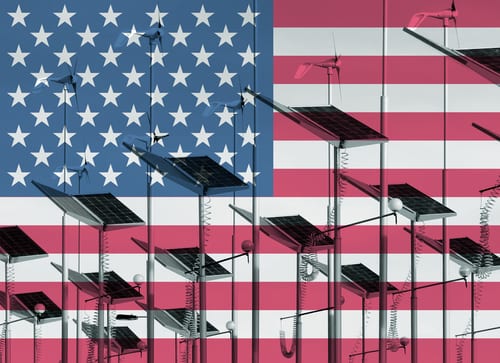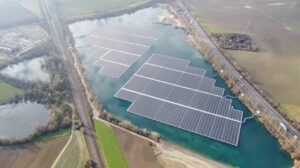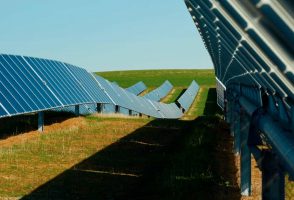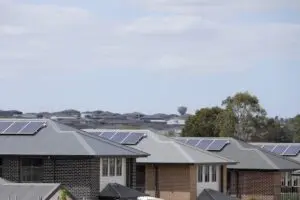The United States’ Department of Energy has announced nearly $US128 million in funding to lower the cost of solar, as part of plans to help reduce the average cost of unsubsidised solar to 2 US cents per kilowatt-hour by 2030.
The near $US128 million in funding is designed to lower the cost, improve performance, and increase speed of deployment of solar energy technologies – to 3-cents per kilowatt-hour (cents/kWh) by 2025, and 2-cents/kWh by 2030 – down from the current average cost of 4.6-cents/kWh.
“In many parts of the country, solar is already cheaper than coal and other fossil fuels, and with more innovation we can cut the cost again by more than half within the decade,” said Jennifer M. Granholm, who was confirmed as the new US Secretary of Energy in late-February.
“This first burst of funding will help us add even more affordable clean energy to the grid, jobs to communities across the country, and will put us on the fast track toward President Biden’s goal of 100% clean electricity by 2035.”
Current estimates by the US DoE expect solar power to account for between 30% and 50% of the country’s electricity supply by 2035.
The new $US128 million in funding, however, will be focused on helping to advance new solar technologies that could significantly increase the efficiency and lower the production costs of solar, specifically perovskites and cadmium telluride (CdTe) thin films.
Some $US40 million will be dedicated for perovskite research & development, with 22 separate projects advancing perovskite PV device and manufacturing research & development.
Another $US14 million will be dedicated to a new testing centre to provide neutral and independent validation of the performance of new perovskite devices.
A separate $US3 million will be kept aside for the Perovskite Startup Prize, a new prize competition which will speed entrepreneurs’ path to commercializing perovskite technologies by providing seed capital for their newly formed companies.
Another $US20 million will be focused on supporting cadmium telluride (CdTe) thin film technology. Specifically, the United States’ National Renewable Energy Laboratory will create a consortium to advance cheaper CdTe thin-film technologies that are developed in the US and make up 20% of the modules installed.
Part of the funding will also go towards supporting several concentrating solar thermal power (CSP) projects across the United States, including a next-generation demonstration CSP power plant being built by Sandia National Laboratories where researchers, developers, and manufacturers can test CSP components and systems.










